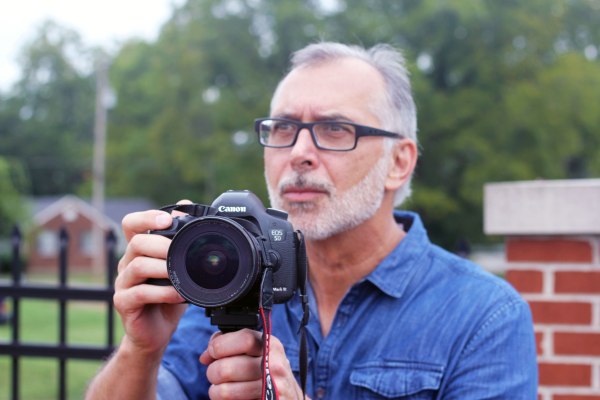
A few weeks ago we covered our construction photography process. We discussed how on these projects we get to tell a story with our camera — essentially acting as photojournalists/documentarians. Although we have covered a number of our numerous photography specialties, we have not yet touched on our architectural shoots* — which we’ll talk about this week!
Architectural Photography at Lipscomb University
 The architectural work we do is very a lot different than other architectural photographers. We use mostly available light instead of bringing our own. Plus, in post-processing, we don’t apply a lot of a High Dynamic Range or Saturation which is common for this realm of photography. Because of these two things, we are able to work very quickly and unobtrusively with minimum disruption to the space or the client. In addition, we want the photos to be clean and timeless. Photo editing, like most things, has fads and fashions. No one wants a dated photo.
The architectural work we do is very a lot different than other architectural photographers. We use mostly available light instead of bringing our own. Plus, in post-processing, we don’t apply a lot of a High Dynamic Range or Saturation which is common for this realm of photography. Because of these two things, we are able to work very quickly and unobtrusively with minimum disruption to the space or the client. In addition, we want the photos to be clean and timeless. Photo editing, like most things, has fads and fashions. No one wants a dated photo.
Capturing the Perfect Image
 Every architectural shot we take gets our full attention. We balance all of the lights (temperature, exposure, etc.), “mask” for any windows or dark areas for balance, and will do minor “touch ups” in photoshop to remove or enhance areas like brown patches in the grass, etc. We want the final product to look organic and untampered.
Every architectural shot we take gets our full attention. We balance all of the lights (temperature, exposure, etc.), “mask” for any windows or dark areas for balance, and will do minor “touch ups” in photoshop to remove or enhance areas like brown patches in the grass, etc. We want the final product to look organic and untampered.
In the initial shoot, we look for our best angles to show off the work. We use Wide Angle lenses with minimum distortion. We want everything in the frame to be straight and clean. We don’t use a fisheye lens in these shoots due to the image distortion. We also clean our shots ahead of time: meaning we stage and move furniture etc around in order to get a clean line and to show off the space.
We typically do 3-4 different “views” in any room or space to give the client a lot of options. Some photographers will only give one view per space or give so many that the best ones get lost in the mix.
We go for deep depth of field using apertures of f16 or higher (yes….f16 f32 f64 are “apertures” in photography, it’s how wide the lens is open to make the exposure as opposed to the shutter speed) to make sure everything is in focus.

*Recently, Rick took a trip over to Lipscomb University to do an architectural shoot. These are the photos spread intermittently through the post.